
While lacking the allure and thrill of their high-speed counterparts, slow-speed aircraft play an indispensable role across diverse military operations. Engineered for low-speed maneuvers, these planes excel in tasks like maritime patrol, reconnaissance, surveillance, and transportation. Aircraft like the AC-130 can provide utility in close air support to ground troops on battlefields.
In addition to operational roles, slow-speed aircraft serve as valuable training assets. The Cirrus SR20, for instance, enjoys popularity within the U.S. Air Force, functioning both as a training platform and a preparatory stage for cadets before progressing to more advanced aircraft. (On the other hand, these are the world’s 13 fastest fighter jets.)
To determine the slowest planes the U.S. armed forces use, 24/7 Wall St. reviewed a list of U.S. military aircraft produced by Military Factory, an online database of military vehicles, aircraft, arms, and more. Aircraft with top speeds lower than 350 miles per hour were ranked according to their top speed, from fastest to slowest. Supplemental information on military branches using the aircraft and the aircraft’s role came from the World Directory of Modern Military Aircraft. First flown dates came from both WDMMA and from Military Factory.
A prominent example of a slow-speed aircraft is the AC-130J, a variant of Lockheed’s Hercules transport plane. With a top speed slightly surpassing 300 miles per hour, it stands among the slowest military aircraft currently in operation. However, it offers crucial close-air support during combat scenarios. Varied versions of the AC-130 have played pivotal roles since the Vietnam era, actively participating United States’ major military conflicts.
This list encompasses aircraft spanning diverse categories including trainers, transports, and specialized missions. These planes are deployed across all branches of the U.S. military. Perhaps one of the biggest differentiating factors is the year that each plane was first flown, with some first flown more than half a century ago, while others began flying much more recently. (This is the U.S. Air Force’s oldest aircraft.)
Here’s a look at the 19 slowest planes in the U.S. military:
19. Beech 1900
> Top speed: 348 mph
> Category: Transports
> Military branch: US Army
> First flown: 1900
[in-text-ad]
18. Beechcraft King Air
> Top speed: 348 mph
> Category: Trainers
> Military branch: US Army
> First flown: 1963
17. Beechcraft Super King Air
> Top speed: 348 mph
> Category: Trainers, Transports, Special-Mission
> Military branch: US Navy, Air Force, Army, Marine Corps
> First flown: 1972
16. Grumman C-2 Greyhound
> Top speed: 331 mph
> Category: Transports
> Military branch: US Navy
> First flown: 1964
[in-text-ad-2]
15. Pilatus PC-12
> Top speed: 329 mph
> Category: Transports, Special-Mission
> Military branch: US Navy, Air Force
> First flown: 1991
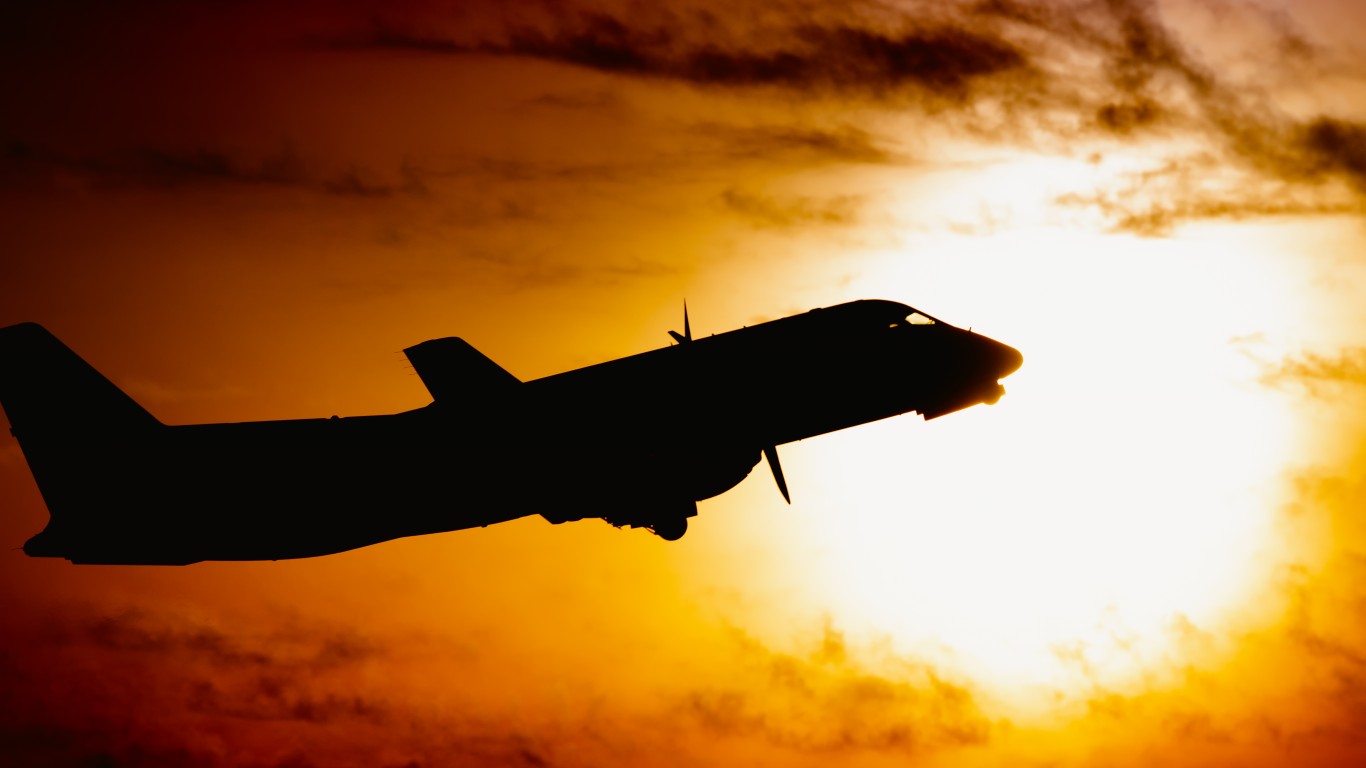
14. Saab 340
> Top speed: 326 mph
> Category: Trainers
> Military branch: US Navy
> First flown: 1983
[in-text-ad]
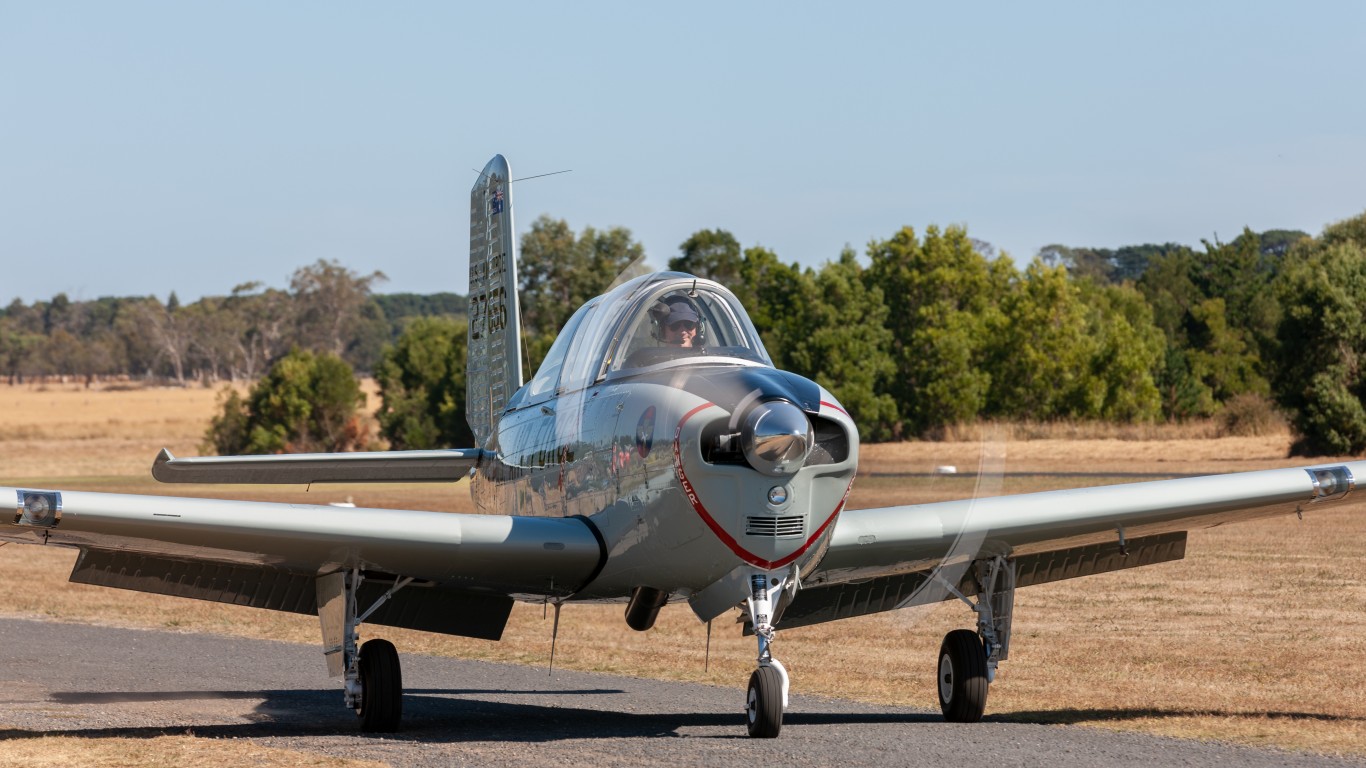
13. Beechcraft T-34 Mentor
> Top speed: 322 mph
> Category: Trainers
> Military branch: US Navy, Marine Corps
> First flown: 1948
12. Raytheon T-6 Texan II
> Top speed: 320 mph
> Category: Trainers
> Military branch: US Navy, Army, Air Force
> First flown: 1998

11. Lockheed AC-130
> Top speed: 300 mph
> Category: Close-Air Support
> Military branch: US Air Force
> First flown: 1966
[in-text-ad-2]
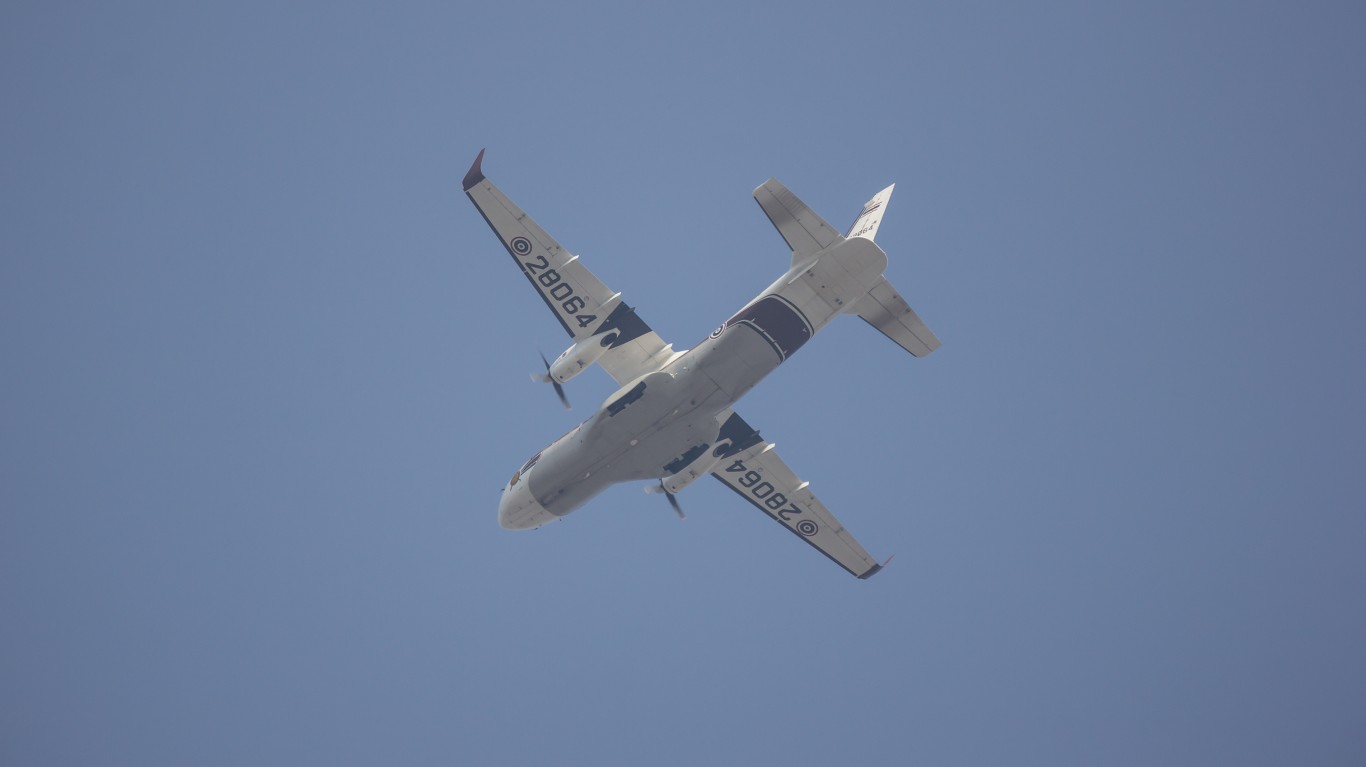
10. Airbus (EADS CASA) CN-235
> Top speed: 282 mph
> Category: Special-Mission
> Military branch: US Air Force
> First flown: 1983
9. de Havilland Canada DHC-7 Otter
> Top speed: 267 mph
> Category: Trainers
> Military branch: US Army
> First flown: 1975
[in-text-ad]

8. CASA C-212 Aviocar
> Top speed: 230 mph
> Category: Transports
> Military branch: US Army
> First flown: 1971
7. PZL M28 Skytruck
> Top speed: 221 mph
> Category: Transports
> Military branch: US Air Force
> First flown: 1984
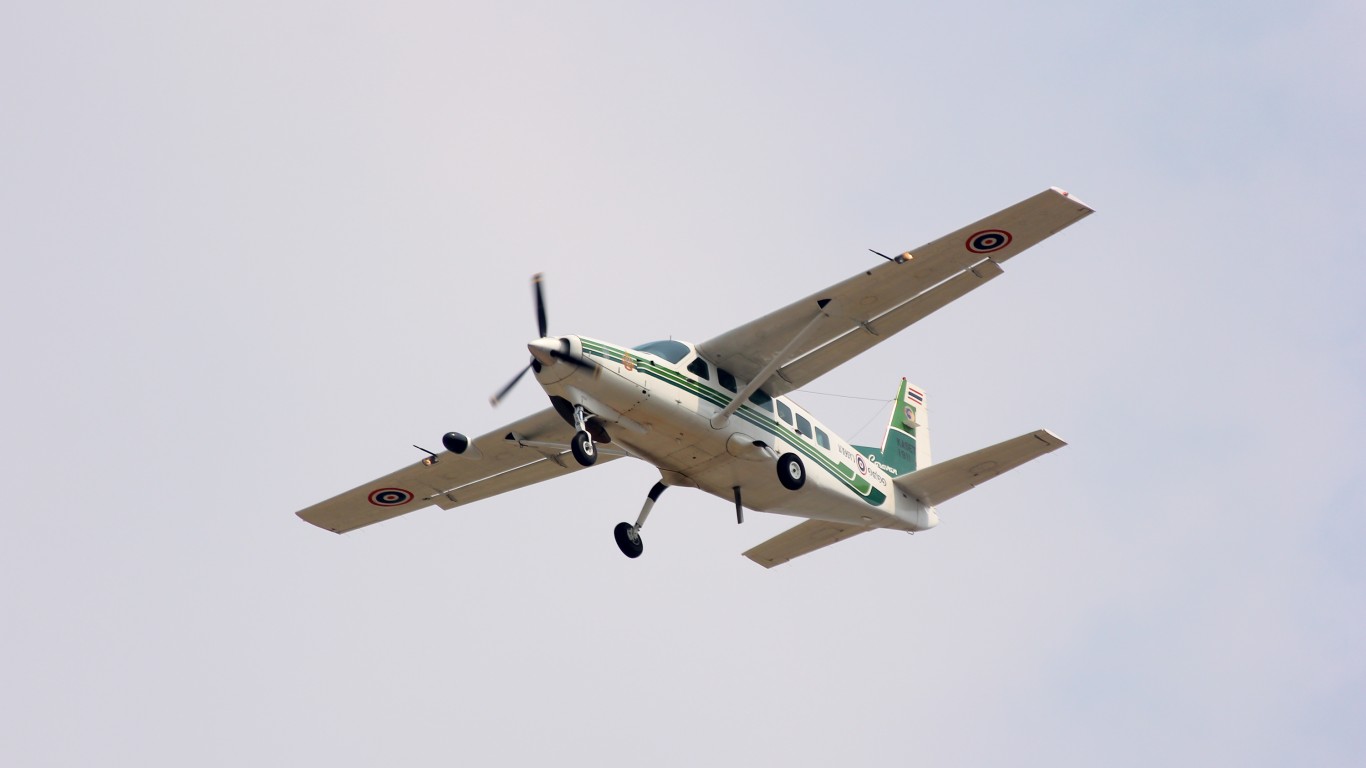
6. Cessna 208
> Top speed: 214 mph
> Category: Special-Mission, Transports
> Military branch: US Air Force, Army
> First flown: 1982
[in-text-ad-2]

5. Grob G120
> Top speed: 199 mph
> Category: Trainers
> Military branch: US Army, Air Force
> First flown: 1999
4. de Havilland Canada DHC-6 Twin Otter
> Top speed: 196 mph
> Category: Transports
> Military branch: US Army, Air Force
> First flown: 1965
[in-text-ad]
3. Cirrus SR20
> Top speed: 180 mph
> Category: Trainers
> Military branch: US Air Force
> First flown: 1995
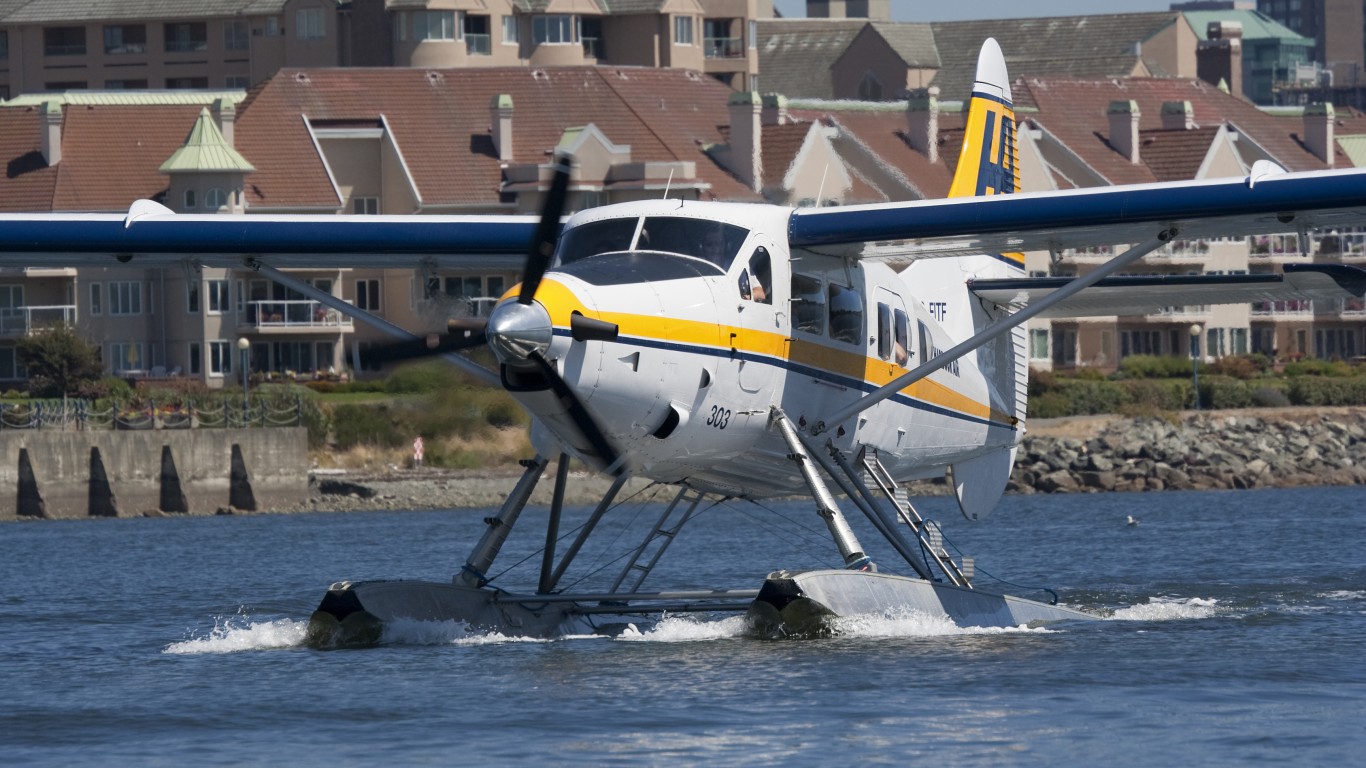
2. de Havilland Canada DHC-3 Otter
> Top speed: 160 mph
> Category: Trainers
> Military branch: US Navy
> First flown: 1951
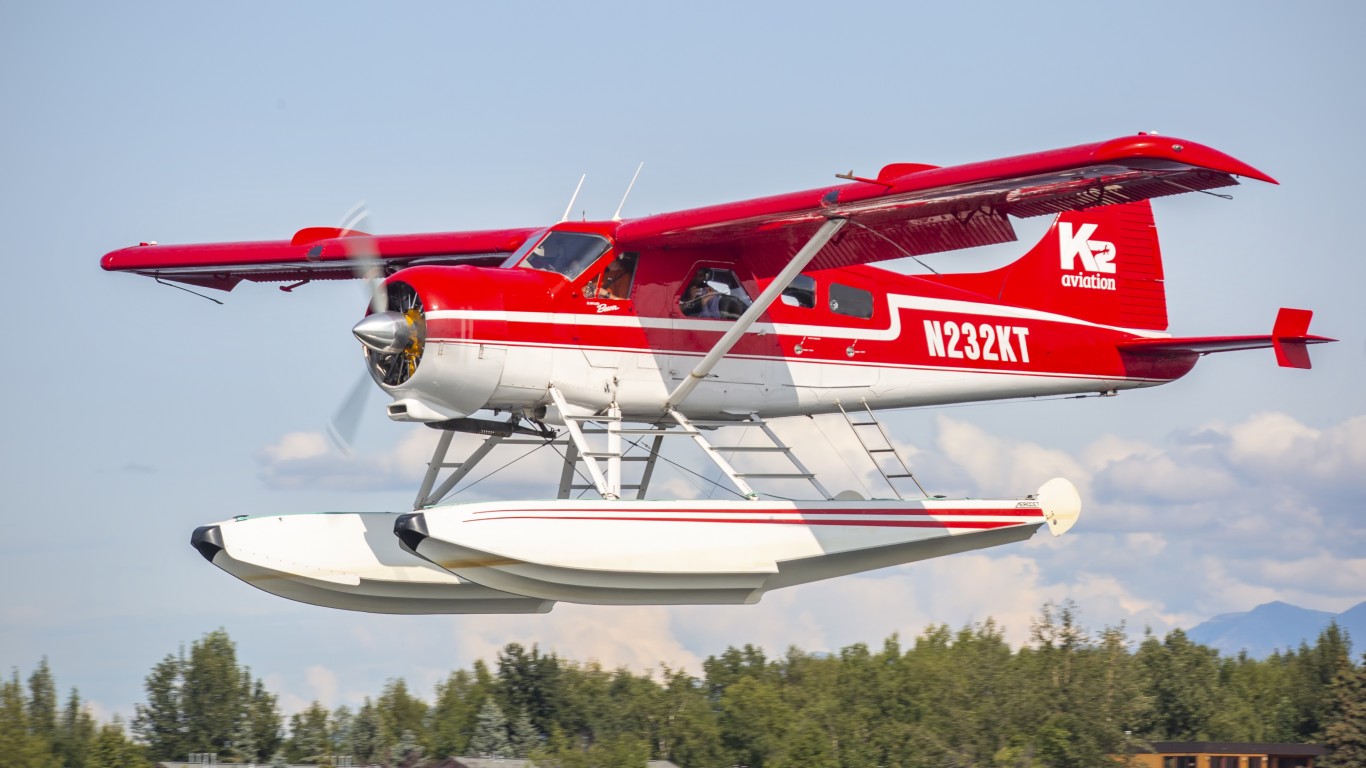
1. de Havilland Canada DHC-2 Beaver
> Top speed: 158 mph
> Category: Trainers
> Military branch: US Navy
> First flown: 1947
100 Million Americans Are Missing This Crucial Retirement Tool
The thought of burdening your family with a financial disaster is most Americans’ nightmare. However, recent studies show that over 100 million Americans still don’t have proper life insurance in the event they pass away.
Life insurance can bring peace of mind – ensuring your loved ones are safeguarded against unforeseen expenses and debts. With premiums often lower than expected and a variety of plans tailored to different life stages and health conditions, securing a policy is more accessible than ever.
A quick, no-obligation quote can provide valuable insight into what’s available and what might best suit your family’s needs. Life insurance is a simple step you can take today to help secure peace of mind for your loved ones tomorrow.
Click here to learn how to get a quote in just a few minutes.
Thank you for reading! Have some feedback for us?
Contact the 24/7 Wall St. editorial team.
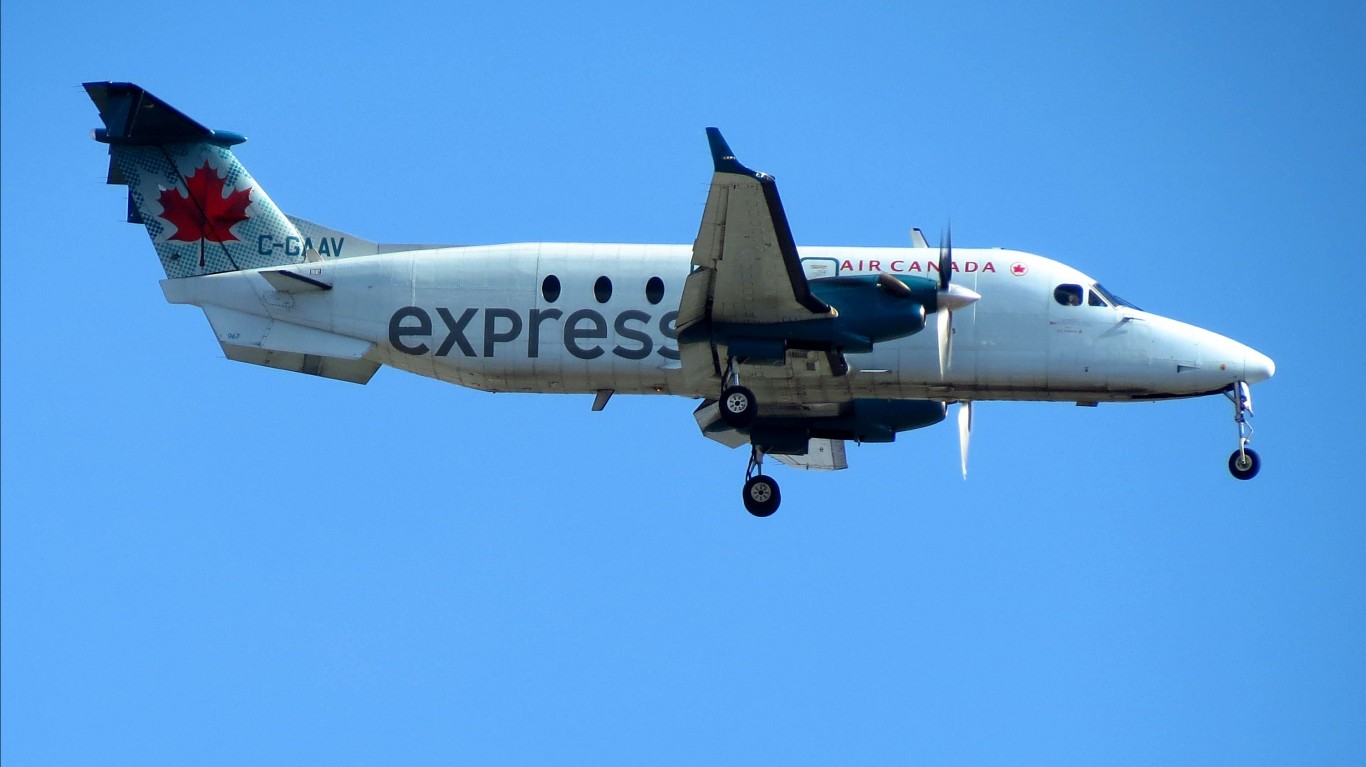
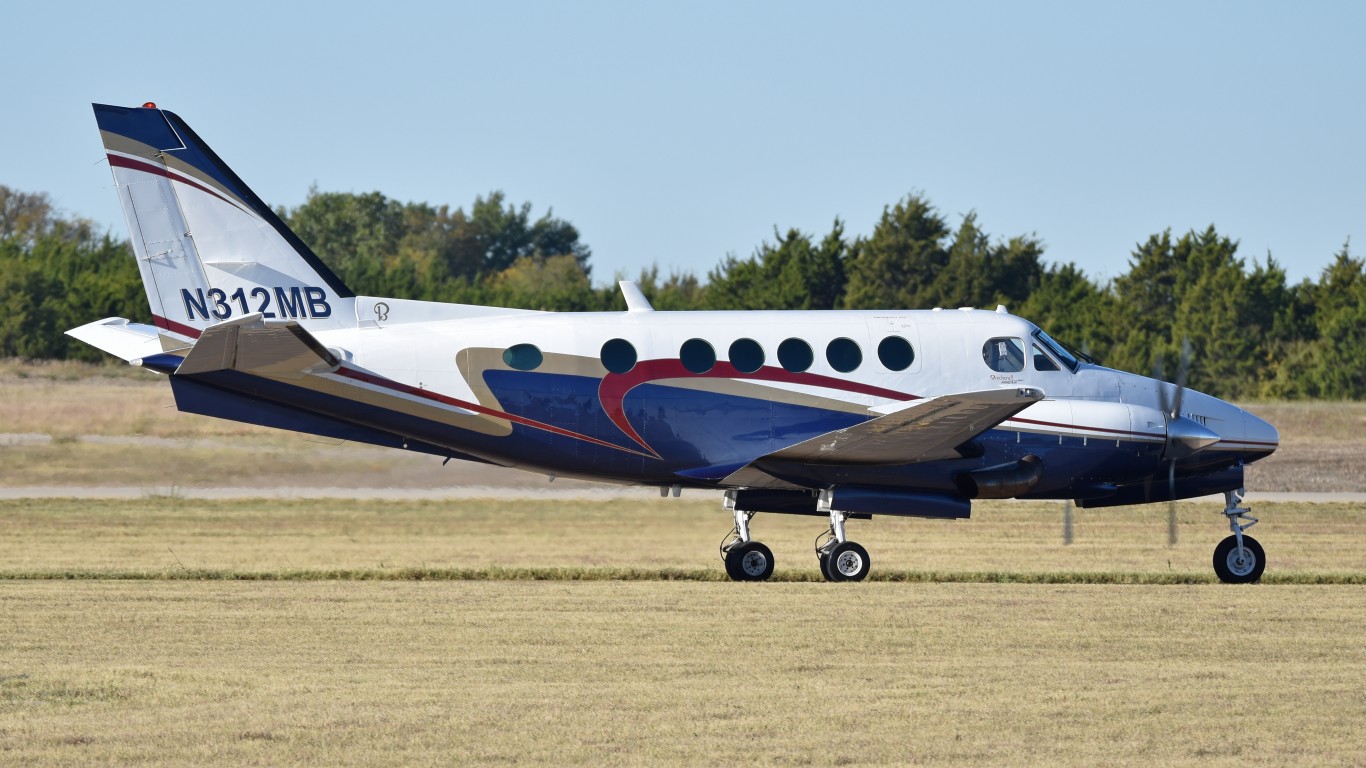
 24/7 Wall St.
24/7 Wall St.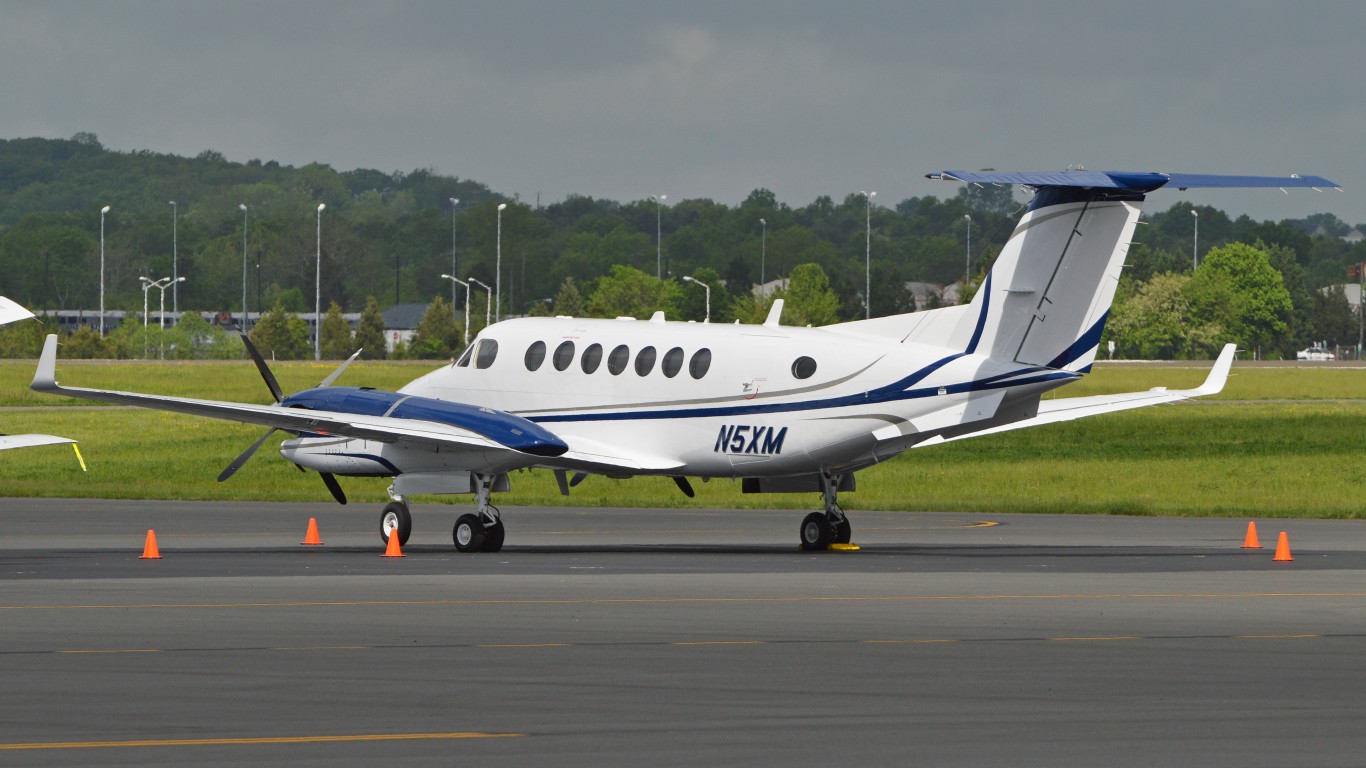
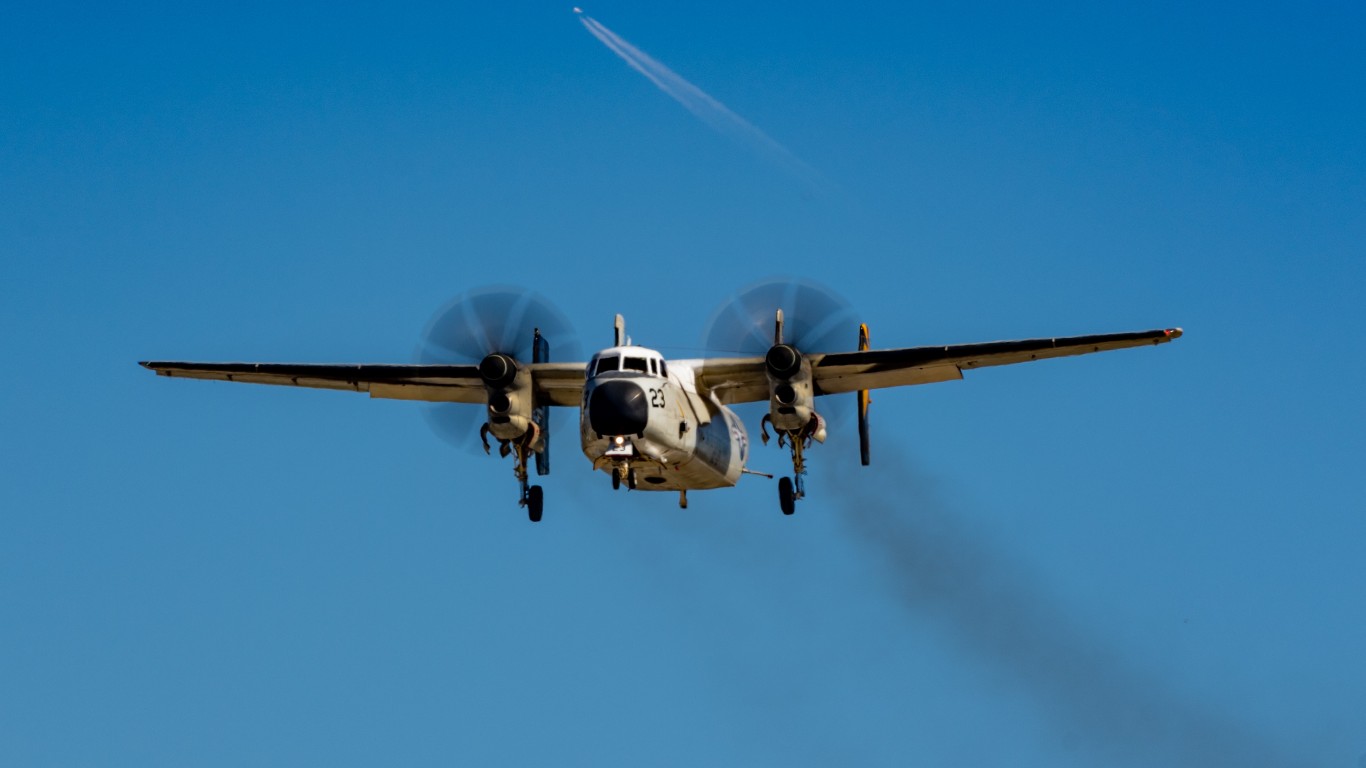
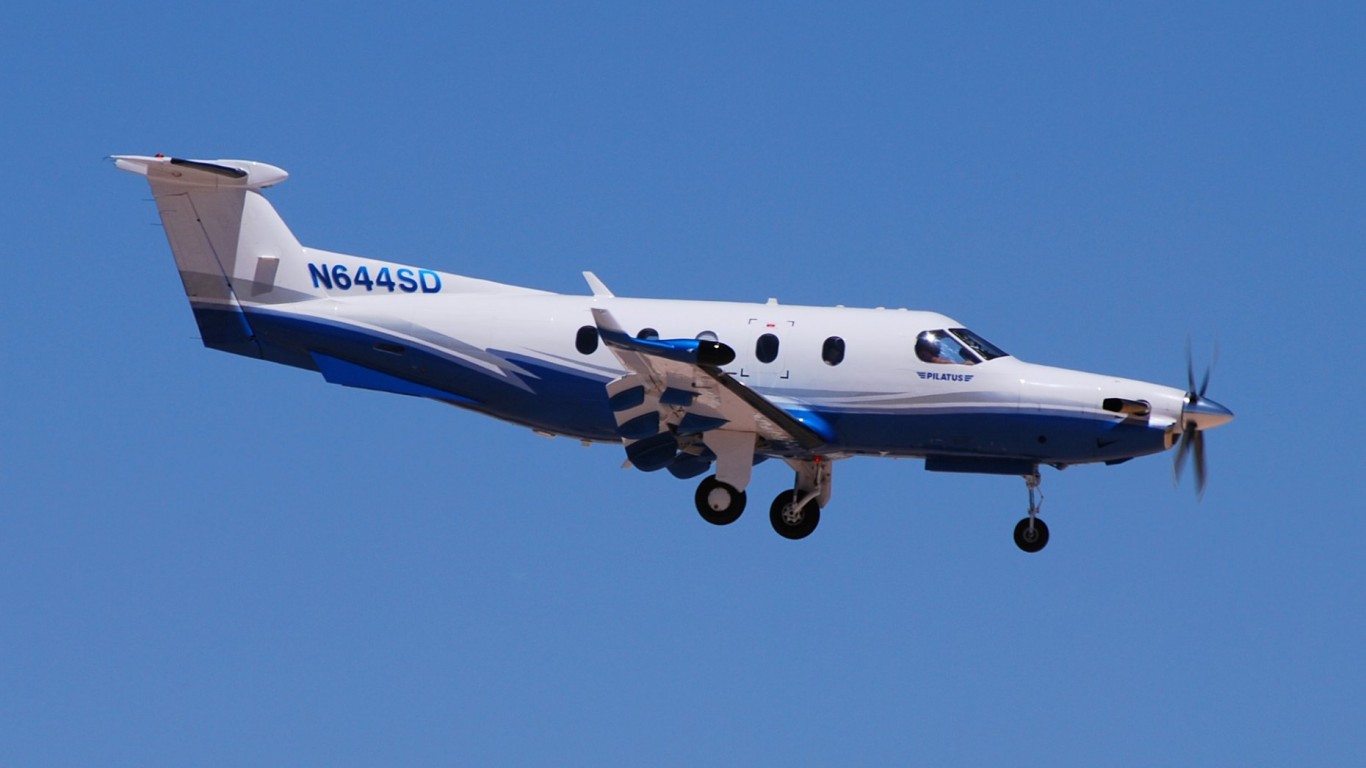
 24/7 Wall St.
24/7 Wall St.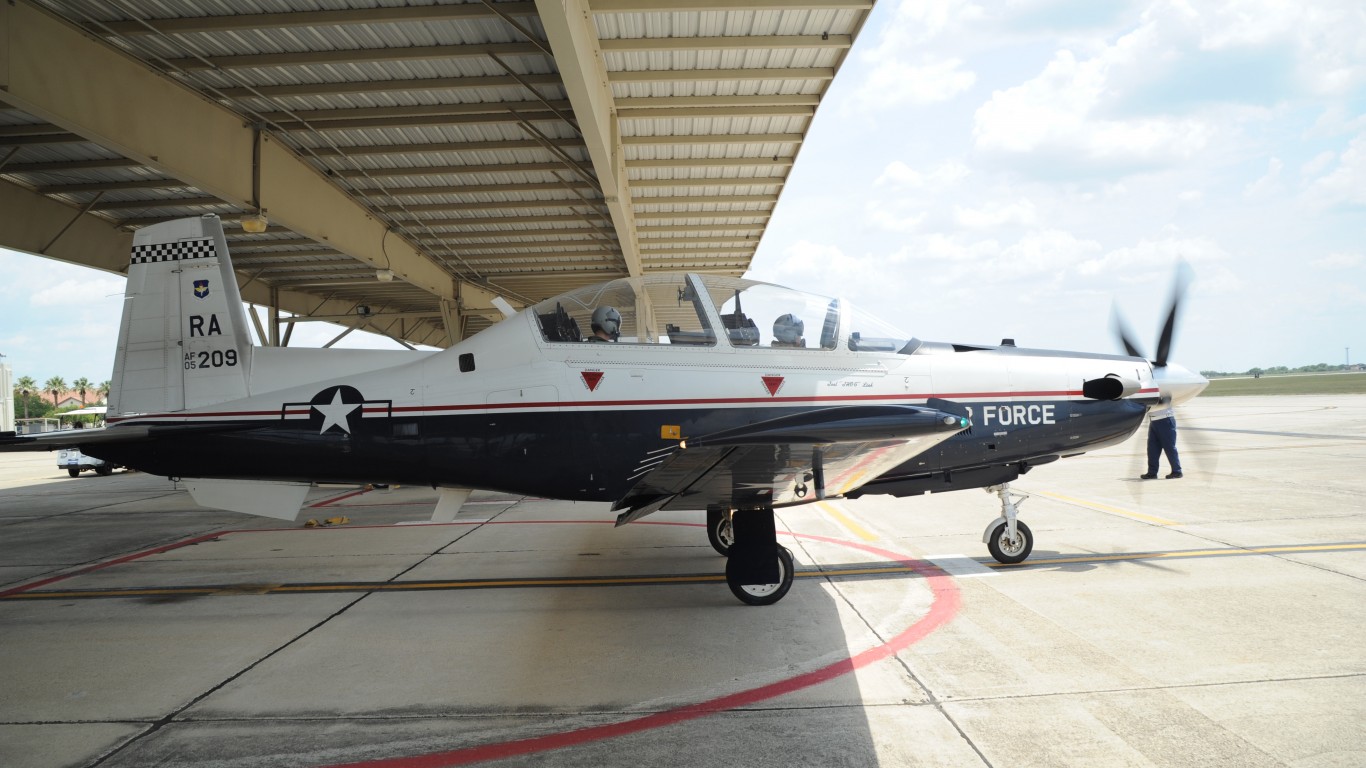
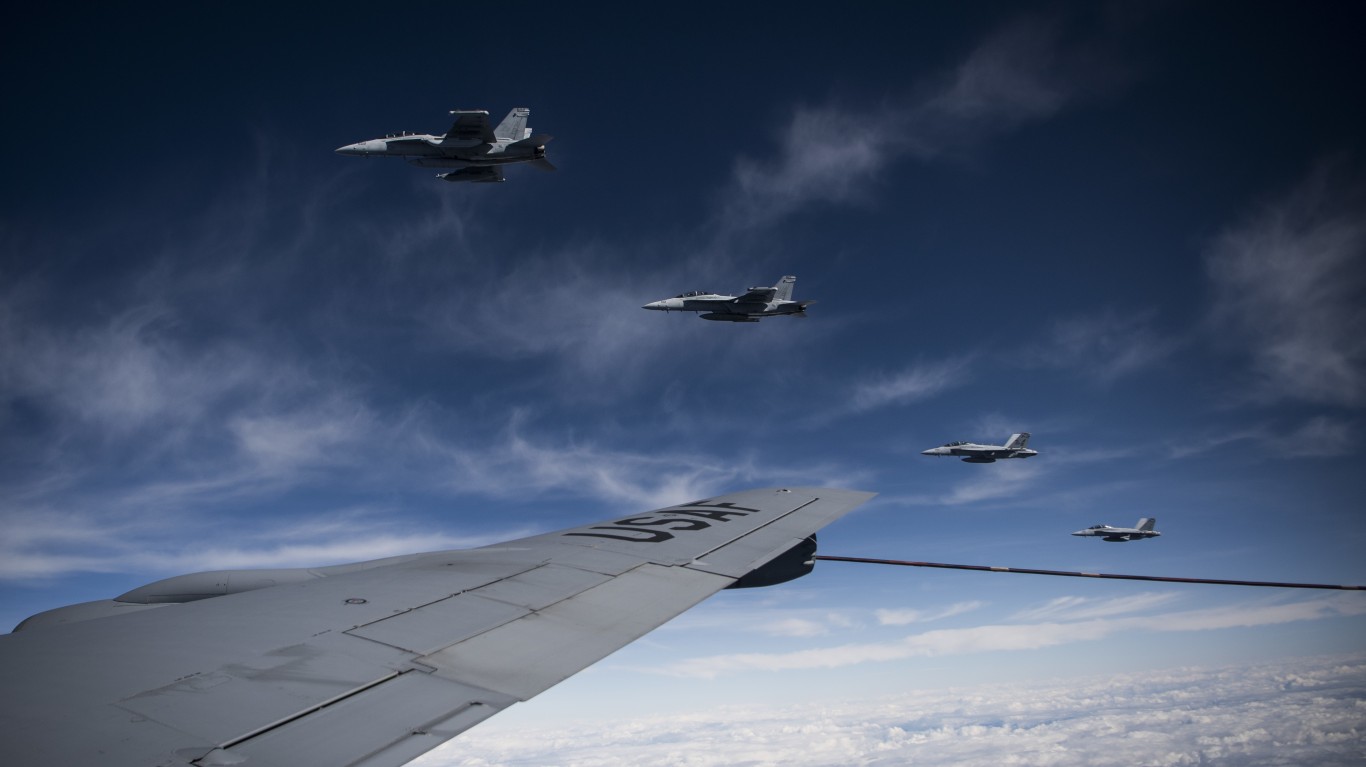 24/7 Wall St.
24/7 Wall St.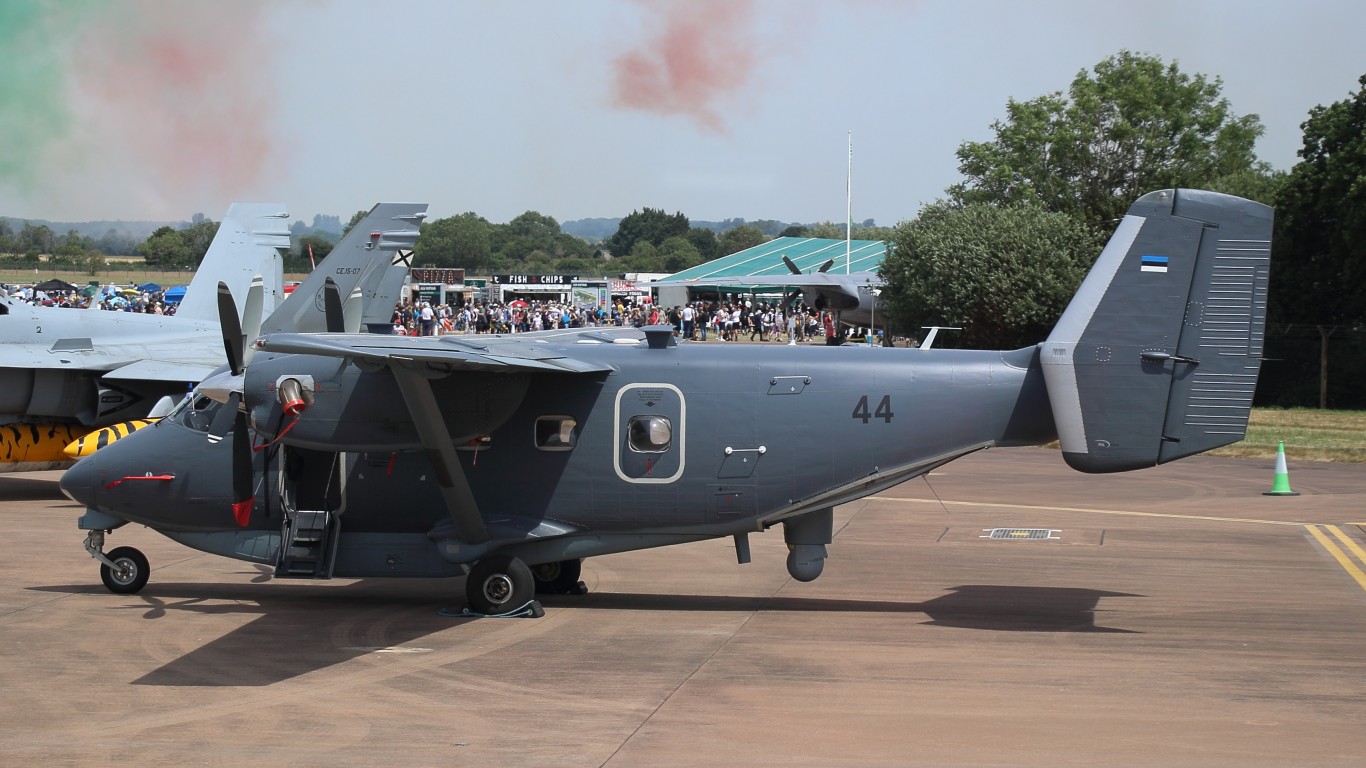
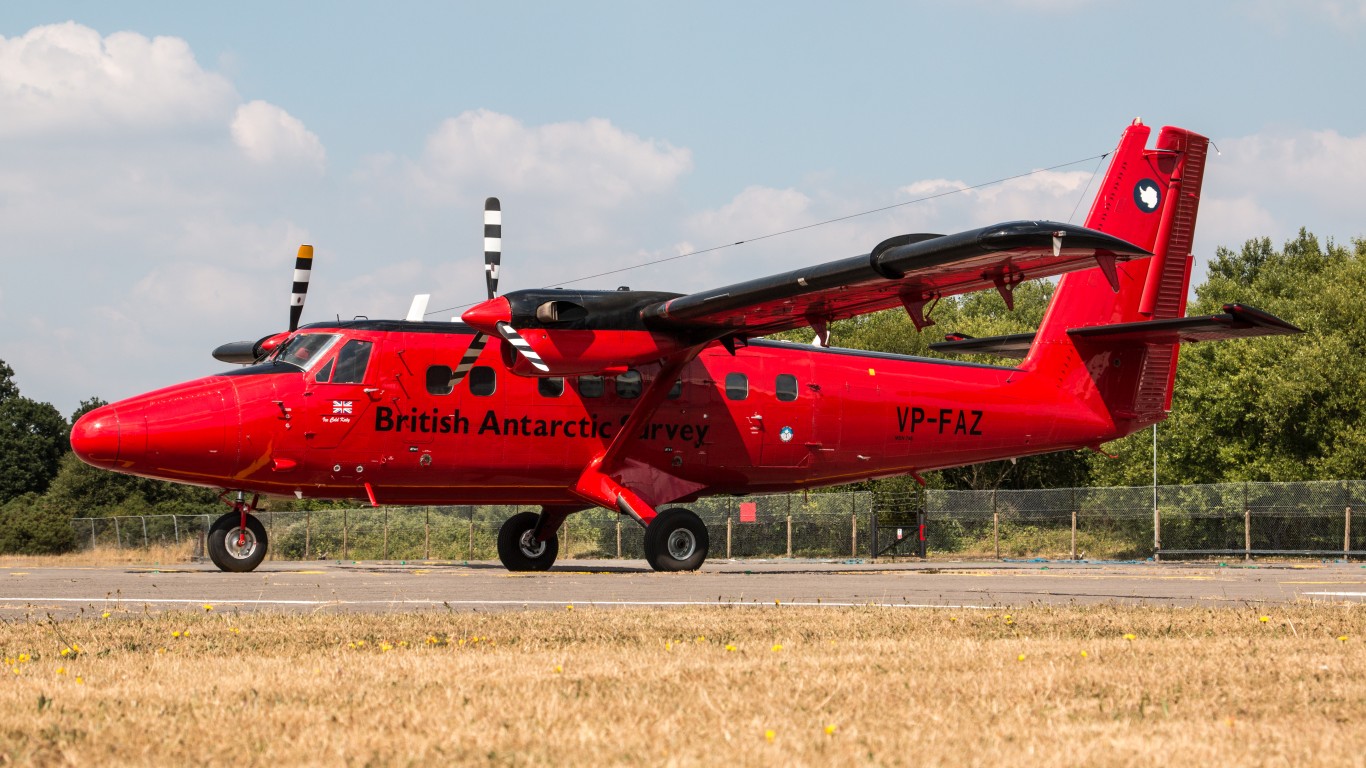
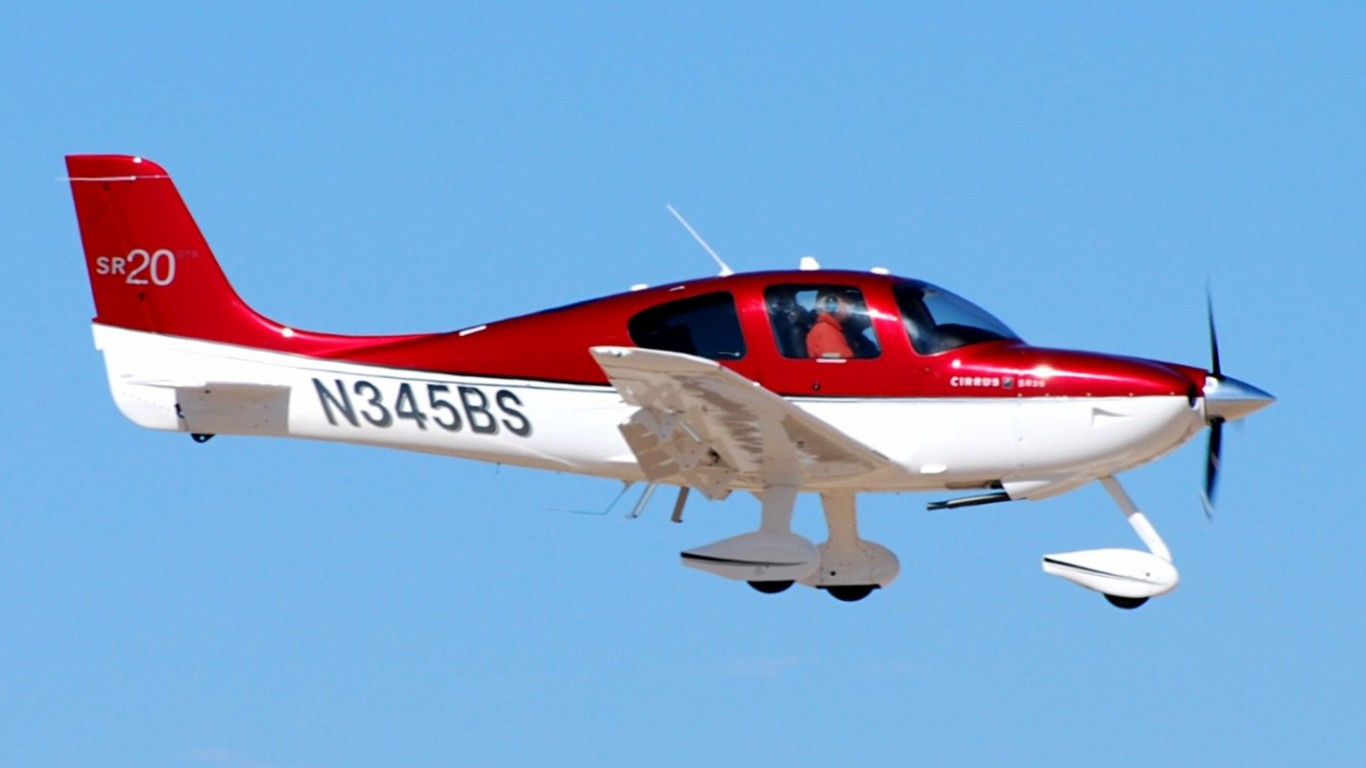
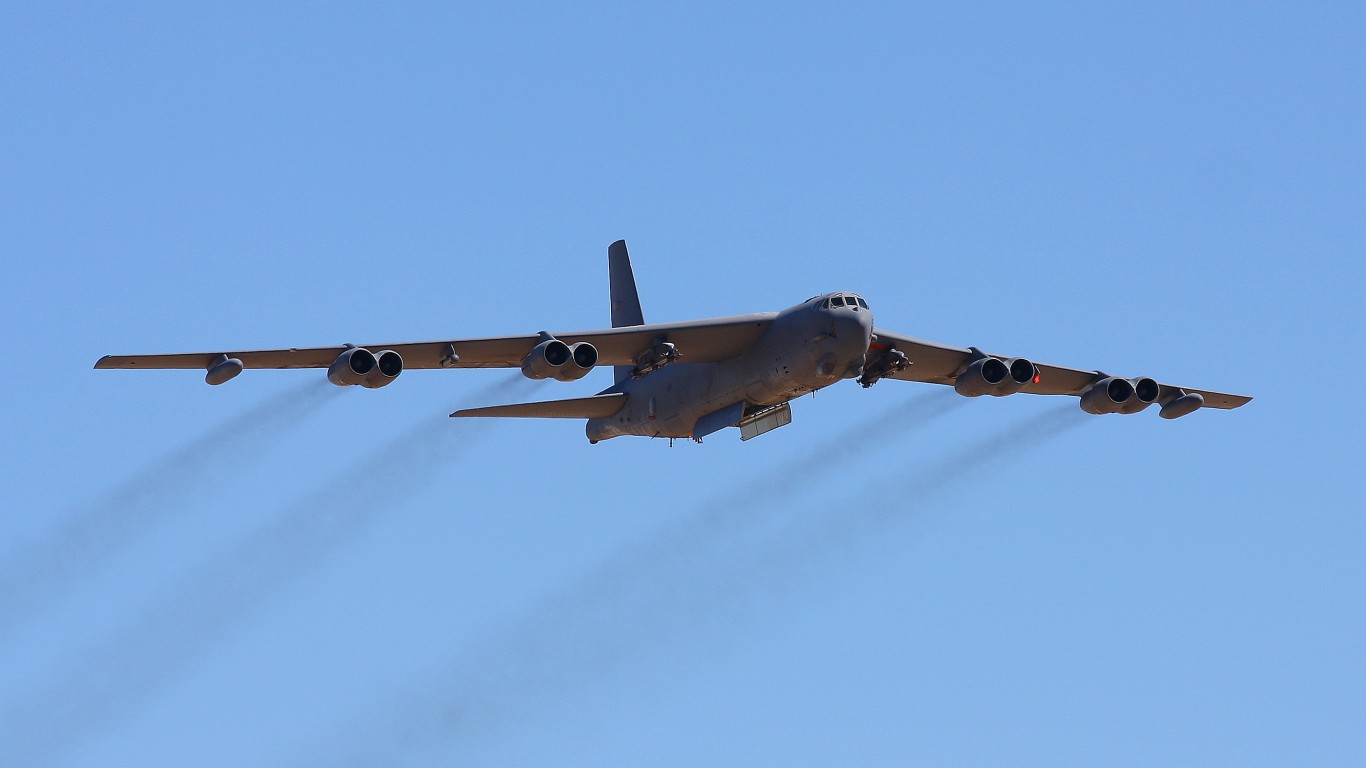 24/7 Wall St.
24/7 Wall St.


